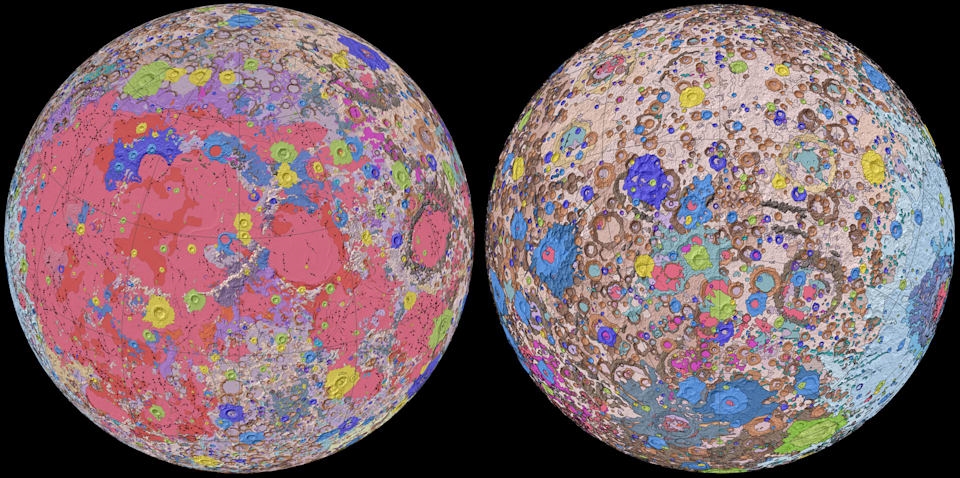
Have you ever wanted to study the Moon’s surface in exacting detail? Now’s your chance. The USGS (with help from NASA and the Lunar Planetary Institute) has released the first complete geologic map of the Moon, providing a truly comprehensive look at our nearest cosmic neighbor. The 1:5,000,000 scale map is color-coded to help you quickly identify geological features, including multiple crater types, plains and other features.
The team created the map using a mix of Apollo-era maps and data from recent satellite missions, including the Lunar Reconnaissance Orbiter and Japan’s SELENE. Scientists redrew the historical maps to help them line up with the present-day sets while preserving valuable notes. They also established consistent descriptions of features to prevent the confusion that could happen with past maps.
The map could serve as a vital reference point for future Moon missions, but it could also prove valuable for the general public. Schools could use this to help explain the Moon’s pockmarked terrain, for example. Even if you aren’t a student, there’s still some appeal. This is a chance to examine a celestial body with the kind of thoroughness normally reserved for Earth.
(17)
